Experience Bohemian Rhapsody on Clarinet
Dive into the world of Queen with our officially licensed Bohemian Rhapsody clarinet sheet music. This arrangement captures the essence of Freddie Mercury’s masterpiece, allowing clarinet players to bring the operatic and rock elements of the song to life.
Key Features:
- High-Quality PDF Download: Instantly accessible, this digital sheet music is formatted for ease of use and high-quality printing, making it ideal for both practice and performance.
- Designed for Intermediate to Advanced Players: This arrangement is crafted for musicians with a solid understanding of the clarinet, offering a challenging yet rewarding experience.
- Authentic Arrangement: Faithful to the original composition, this sheet music includes all the iconic elements that make “Bohemian Rhapsody” a timeless classic.
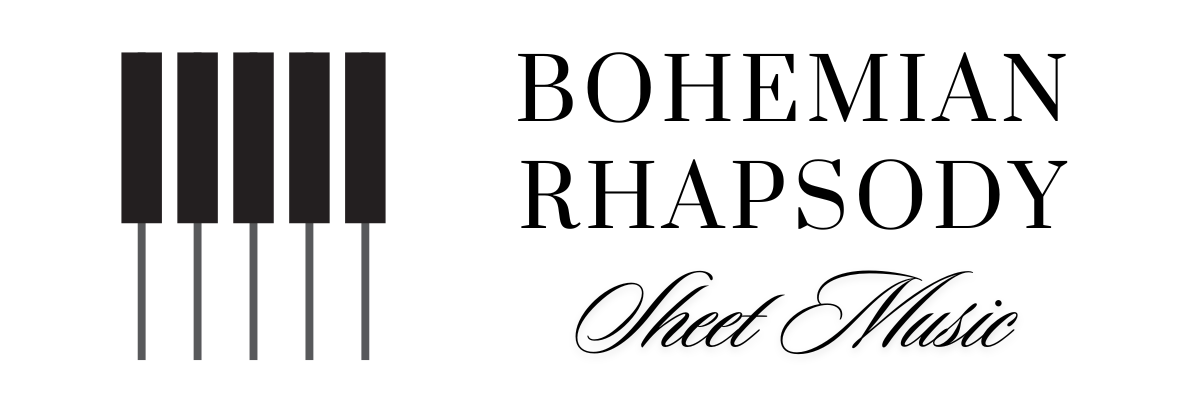
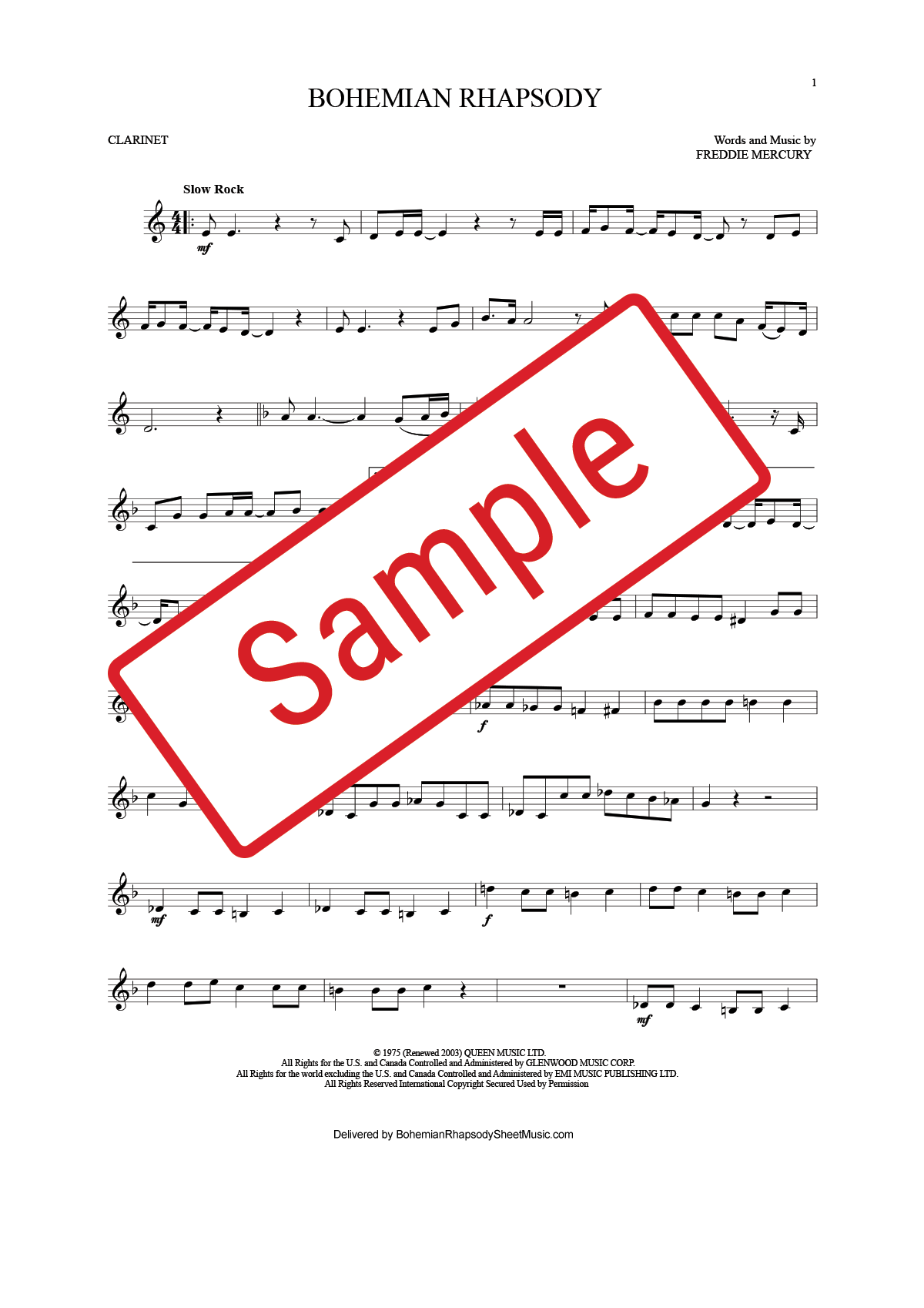
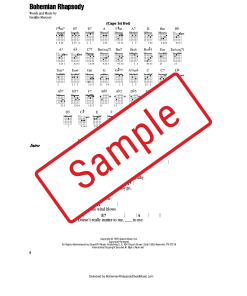
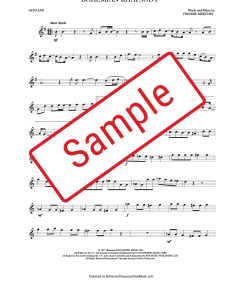
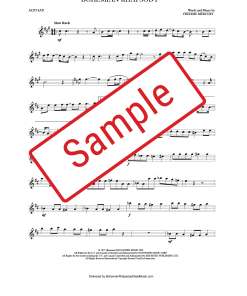
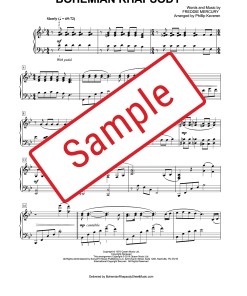
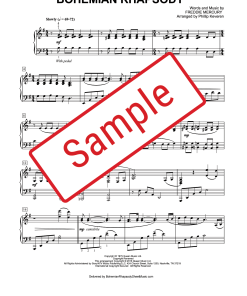
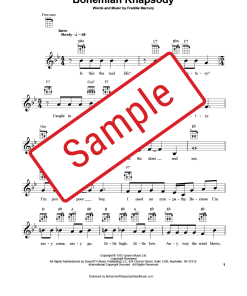
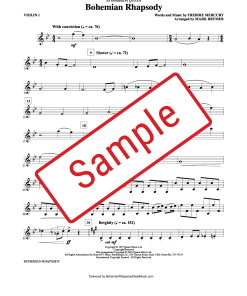
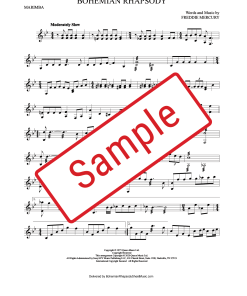
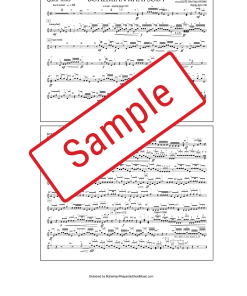
James C. –
The clarinet arrangement of ‘Bohemian Rhapsody’ offers a beautiful balance between playability and capturing the song’s complexity. The sheet music is clear, and the notes are arranged to maintain the song’s dramatic flair. It’s perfect for an intermediate player looking to expand their repertoire with something iconic.